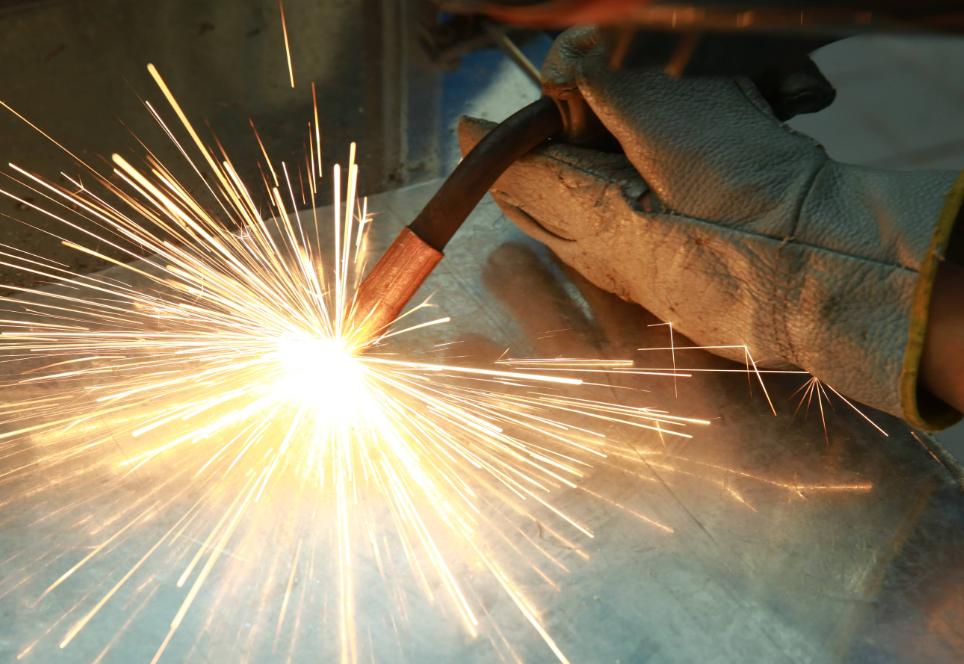Welding Techniques for Different Materials
Time:2024-06-17 21:12:35 Source:未知 Click:次
Welding technology is a critical technique widely used in industrial production, construction, automobiles, and other fields. This article will provide a detailed explanation of welding techniques for various materials, with a focus on process selection and operation points.
1. Welding of Metals
Metal welding techniques are among the most commonly used welding methods and include processes such as argon arc welding, electric arc welding, and gas shielded welding.
1.1 Argon Arc Welding
Argon arc welding is a welding method that uses argon gas as a shielding gas, suitable for welding high-melting-point metals such as stainless steel, aluminum, and copper. It is known for its fast welding speed and high-quality welds.
Operation Points:
(1) Select the appropriate filler wire and current according to the type and thickness of the welded materials.
(2) Ensure the purity of the argon gas to prevent oxidation.
(3) Control the welding speed and current to ensure the quality of the welds.
1.2 Electric Arc Welding
Electric arc welding uses the high temperature generated by an electric arc to melt the metal and fill the molten pool with filler material to form a weld. It is suitable for welding carbon steel, low-alloy steel, and others.
Operation Points:
(1) Choose the right electrode and welding parameters, and select the appropriate current according to the type and thickness of the welded materials.
(2) Control the welding speed and electrode angle to ensure the quality of the welds.
(3) Pay attention to the stability of the molten pool during welding to prevent poor weld formation.
1.3 Gas Shielded Welding
Gas shielded welding uses a shielding gas to protect the molten pool and prevent oxidation. It is suitable for welding stainless steel, aluminum, copper, and others.
Operation Points:
(1) Select the appropriate wire and shielding gas according to the type and thickness of the welded materials, and choose the appropriate current.
(2) Ensure the purity and flow rate of the shielding gas to prevent oxidation.
(3) Control the welding speed and current to ensure the quality of the welds.
2. Welding of Non-metals
Non-metal welding technologies are primarily used for the connection of non-metallic materials such as plastics, glass, and ceramics.
2.1 Hot Air Welding
Hot air welding uses high-temperature air to melt the plastic and connect it together. It is suitable for welding plastics like PE and PP.
Operation Points:
(1) Adjust the temperature and air speed to ensure the plastic melts.
(2) Control the welding time to ensure the quality of the weld.
(3) Keep the welding surface smooth to prevent poor weld formation.
2.2 Laser Welding
Laser welding uses a high-density energy laser beam to melt the metal or other materials and connect them together. It is suitable for welding small components and products requiring high precision.
Operation Points:
(1) Adjust the focus position of the laser beam to control the welding depth.
(2) Control the laser power and welding speed to ensure the quality of the welds.
(3) Maintain a stable welding environment to prevent the laser beam from scattering.
3. Conclusion
Welding technology plays a significant role in modern industrial production. Understanding welding techniques for various materials, selecting appropriate welding processes, and mastering operation points are crucial for ensuring weld quality and improving product competitiveness. In actual operations, adjustments to welding parameters should be made according to specific circumstances, and experience should be continuously accumulated to improve welding skills.


